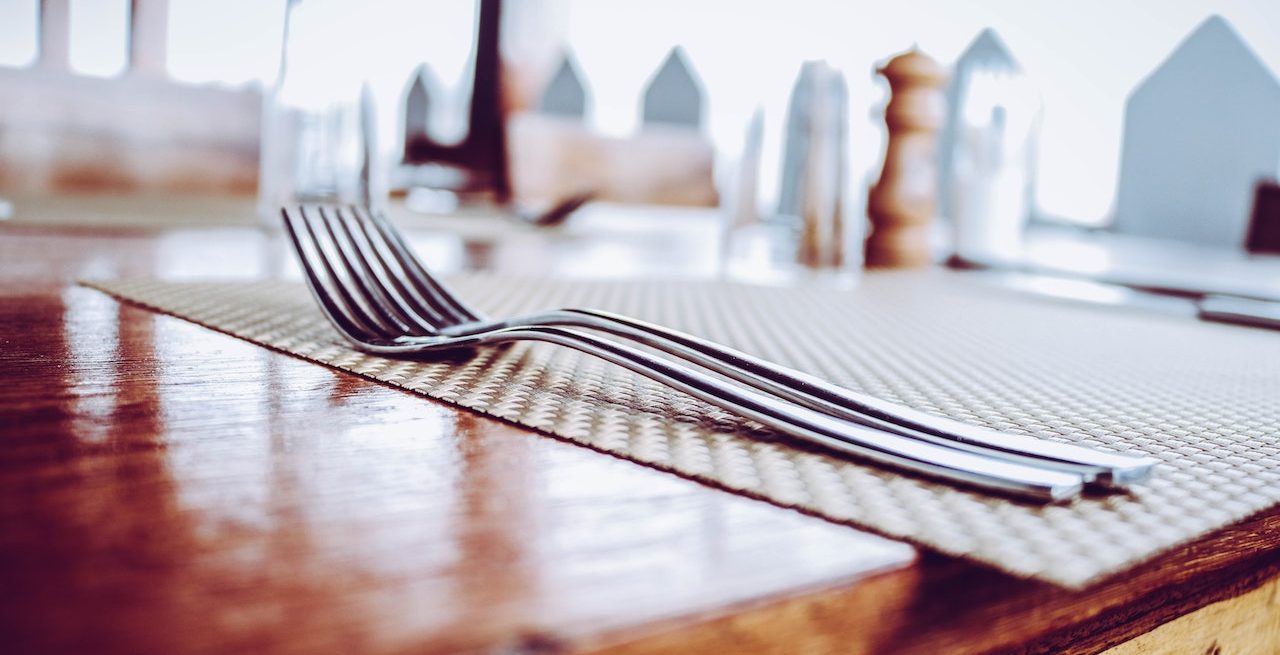Transforming Restaurant Design
3 Min Read By Christian Giordano
Despite advanced technologies, restaurant architectural design processes have not evolved.While other industries have redefined and recreated themselves through digital transformation, architectural design, and processes have largely remained unchanged.
This is no longer scalable for addressing the needs of today’s customers, who expect digital experiences that accelerate projects, increase efficiency, and remind them of the consumerized digital experiences they enjoy in their personal lives and other aspects of their business world.
A traditional workflow for an architect designing a restaurant involves generating different design options using 3D modeling, which are then presented to the client through multiple rounds until the final design is approved.
Building Information Modeling (BIM) translates the final design into construction documents for the contractor to begin construction. With change orders accounting for up to 15 percent of total contract values and the median…
Sorry, You've Reached Your Article Limit.
Register for free with our site to get unlimited articles.
Already registered? Sign in!


